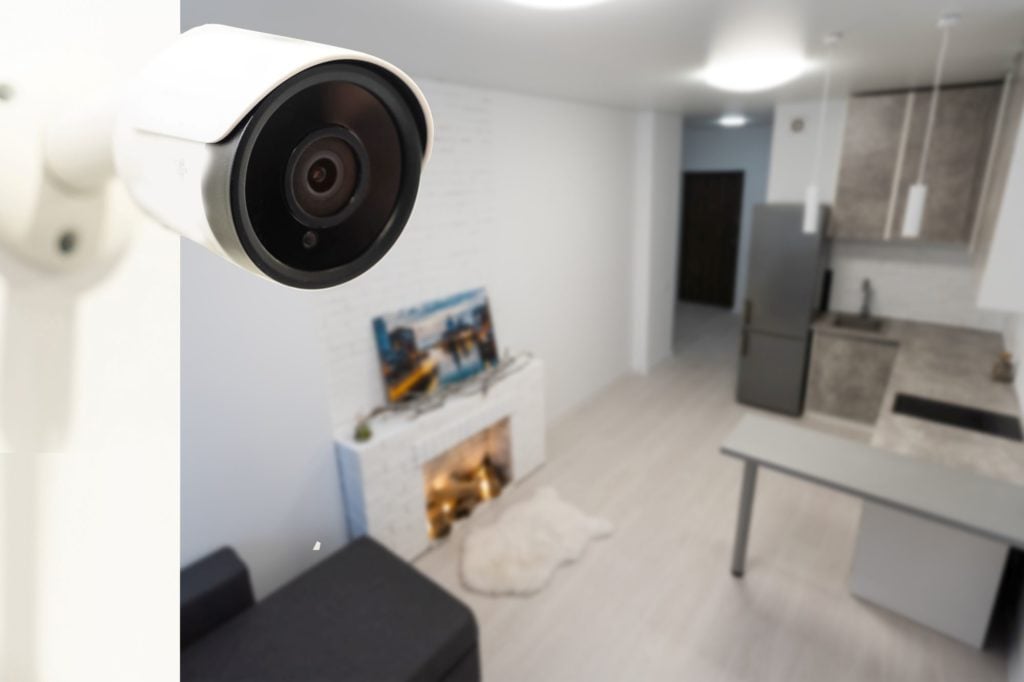As smart home technology and the “Internet of Things” (IoT) become increasingly integrated into our daily lives, there’s a new sense of convenience and control with how we interact with our living environments. However, the rise of IoT devices can also amplify risks related to privacy and security, as these systems can become targets for cyberattacks and data breaches. Understanding these risks and taking proactive steps is an important step for protecting your privacy while enjoying the benefits of a smart home.
Understanding the Risks
Device Vulnerabilities
Most smart home devices, from thermostats to security cameras, need to be connected to the internet, which makes them susceptible to hacking or security vulnerabilities. Lack of regular updates, insecure software or firmware, and weak default settings can leave devices open to attacks.
Data Privacy
Many smart home systems collect data about users’ habits and preferences. This data can be incredibly detailed, painting a clear picture of someone’s daily life and routines. If misused, this information can lead to privacy invasions or even identity theft.
Network Security
Since smart home devices are interconnected through Wi-Fi, once a bad actor gains access to one device, they could potentially access all other devices on the same network—compromising the security of the entire system.

Proactive Steps to Reduce Security Risks
While it may not be possible to fully prevent hacks, taking proactive steps to improve the security of your network and smart home system can decrease the likelihood of a breach.
Secure Your Network
The first step in securing your smart home is to secure your Wi-Fi network. Use strong, unique passwords, use WPA3 encryption if possible, and consider setting up a separate network exclusively for your smart home devices.
Purchase from Reputable Brands
Choose smart devices from reputable brands that have a positive reputation and prioritize security. These brands often provide regular firmware updates and have better measures in place to protect your data.
Regularly Update Devices
Keep the device’s firmware up to date to ensure you have the latest security patches. Set your devices to update automatically if possible, or regularly check for updates manually.
Use Strong, Unique Passwords
Change any default usernames or passwords when you set up a new device. Come up with unique and complex passwords (that are easy enough for you to remember) and be sure to update them regularly.
Review Device Settings
Customize the privacy and security settings on your devices to limit their data collection and sharing capabilities.
Consider Professional Installation and Monitoring
If you are unsure about setting up and securing your smart home system, consider hiring a trusted IT professional in your area. Some services also offer ongoing monitoring for security breaches.
While smart homes can provide significant benefits, they also introduce new privacy and security challenges that shouldn’t be ignored. By understanding the risks and implementing better security measures, you can enjoy the conveniences of smart technology without accidentally compromising your safety and privacy.
